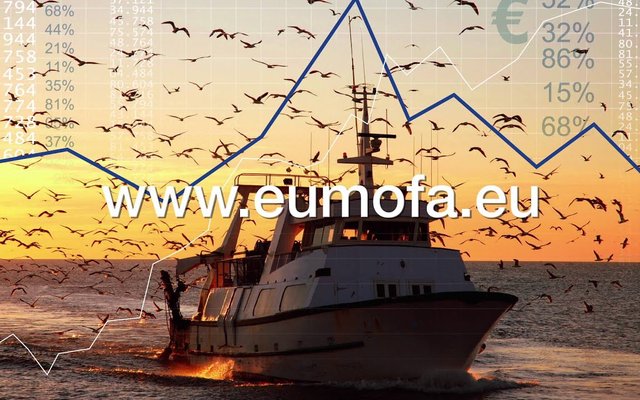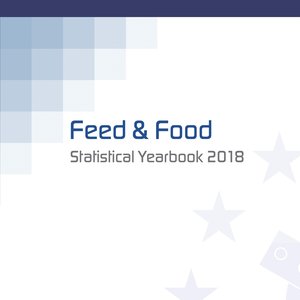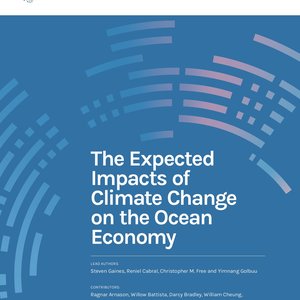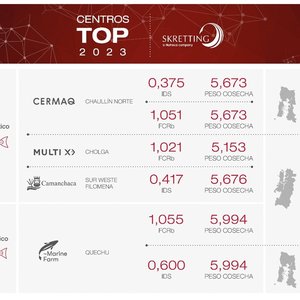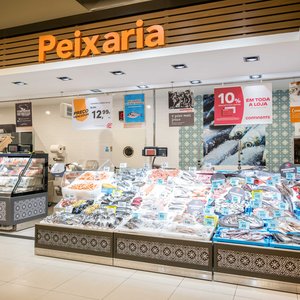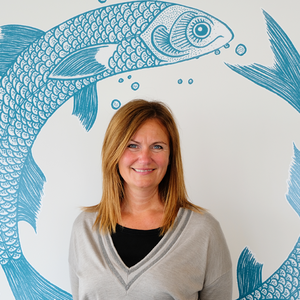In this year’s last issue of the Monthly Highlights, fisheries and aquaculture in Russia are assessed. Russia exported nearly 1.9 million tons of fisheries and aquaculture products in 2018 with a value of €3,8 billion. Most of Russia’s exports goto China (mainly Alaska pollock, herring and salmonids other than salmon and trout) and South Korea (mainly Alaska pollock, crab and cod).
In 2018, the volume of aquaculture production amounted to 239,000 tons: 145,000 tons of carp (common carp, silver carp and grass carp) and 67,000 tons of salmonids (rainbow trout and Atlantic salmon) contribute to this figure. The majority of the rainbow trout produced in Russia is farmed in the Karelia region (27,000 tons). The development strategy for the aquaculture industry aims to increase aquaculture production three-fold, seeking to reach 600,000 tons by 2030.
Abalone in the EU market is another issue. The leading world producers in 2017 were China (88% of the world production volume) and Korea (10%). To a lesser extent, other important producing countries were South Africa, Chile and Australia (each accounting for 1% of world production volume). Inside the EU, France is the main producer with seven tons produced in 2017, consisting exclusively in the species Haliotis tuberculata. Some small-scale production also takes place in Spain and Ireland (both below 1 ton in 2017).
Download this issue of the EUMOFA’s Monthly Highlights here.


